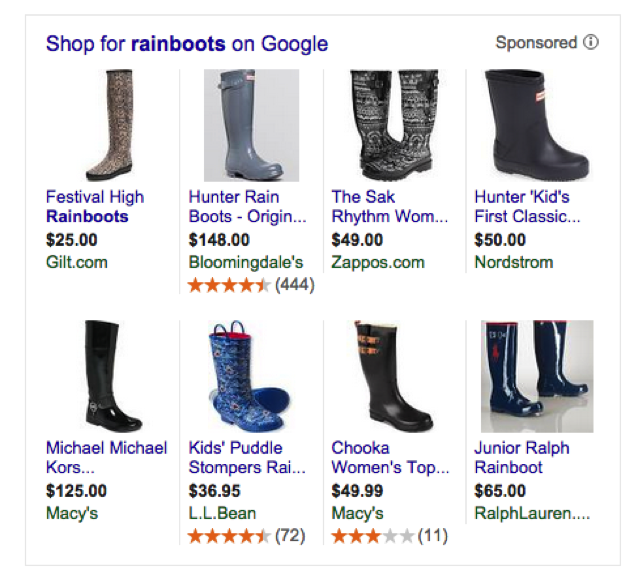4 Things Search Marketers Can Do to Ensure a Happy Holiday
With so much riding on Q4 performance, paid search marketers should consider product ads, mobile, local and retargeting to come out on top this season.
With so much riding on Q4 performance, paid search marketers should consider product ads, mobile, local and retargeting to come out on top this season.
The holiday shopping season can be make or break for marketers as many count on sales to soar during this time of year. Last year, paid search continued to be a top performer with impressions, click and revenue reaching record highs. Given the performance and opportunities for expansion that paid search affords, advertisers are investing more in this channel with each passing holiday with spend up 34 percent in 2013 from the year prior. And there’s no doubt 2014 is shaping up to be another banner year.
With so much riding on Q4 performance, here are 4 things paid search marketers should consider to come out on top this season.
Coming off the heels of a holiday season where global retail Product Listing Ad (PLA) spend increased 138 percent year-over-year, it is clear that PLAs are becoming a bigger part of the digital retail strategy. This year, the transition to Google Shopping Campaigns came just in time for retailers gearing up for the peak shopping season.
Optimizing your feed with the consumer in mind is key since PLAs are not triggered by keywords you bid on and there is limited ad copy. Ensure your product descriptions and terminology relate to the way a consumer would search and what they would be looking for in a product.
Give your Google Shopping campaigns a further boost over the competition by incorporating product ratings. Ratings can provide more consumer validity, help your product stand out and improve overall traffic and click-throughs.

And don’t forget about Bing Product Ads. Per comScore data, Bing provides access to 31 million retailer searchers that can’t be reached on Google.
In addition to PLAs, mobile was another significant performance driver during the 2013 holiday and is expected to play an even larger role this year. According to estimates in the IBM Digital Analytics Benchmark, mobile will account for more than 20 percent of site sales and 43 percent of site traffic by November.
Be sure to tailor device strategies to create a seamless experience for shoppers. On your ads, leverage ad extensions to better encourage engagement. Beginning October 15, Google will improve the mobile ad extension experience for consumers by potentially eliminating the second line of ad text in favor of showing ad extensions. This could be crucial for retailers with brick and mortar stores to give more prominence to locations or help online shops drive to particular promotions through sitelinks.

Remember, make sure your mobile strategy is optimized all the way through to the post-click to create a well-rounded experience for shoppers and encourage repeat visits.
As with the location extensions example above, be sure not to ignore local search and offline opportunities.
Bing recently announced updates to its geo-targeting functionality that now allow advertisers to hone in on 1-mile radius increments, target specific zip codes and use intent-based locations. These updates will allow you to capture highly relevant audiences in narrowly defined locations near your physical store locations when it matters most.
And in terms of PLAs, Google looks to be extending the format’s local availability feature to desktop Product Listing Ads. Think of it this way: a potential customer could be shopping online on his or her lunch break. A PLA with local availability enabled could prompt that shopper to an exclusive item available in a store nearby, helping scale foot traffic and sales.
Site retargeting is a tried and true method to re-engage site visitors. This holiday, take your retargeting to new levels by leveraging cross-channel signals to capture audiences throughout the funnel.
On search, leverage Google RLSA to group and target valuable customer cohorts. There are many valuable ways to slice this, including: new customers, those who recently purchased, site visitors who didn’t purchase and shopping cart abandoners. For example, you can exclude existing customers from your keyword bids to better cast your net to capture new customers.
Finally, extend what you learned from search into social. New technology innovations are allowing marketers to leverage search intent data to better target audiences on Facebook. The more you can remove the silos between data, the richer your targeting and remarketing efforts will become.
At the end of the day, successful holiday programs are customer-centric. Think about the person on the other end of the search engine and the shoppers you are hoping to attract. Create a seamless experience across devices and throughout the path to purchase — from click to conversion — and continue to optimize and test your ads and campaigns through the season to maximize your opportunities. By keeping these opportunities in mind, marketers will be sure to have a happy holiday.